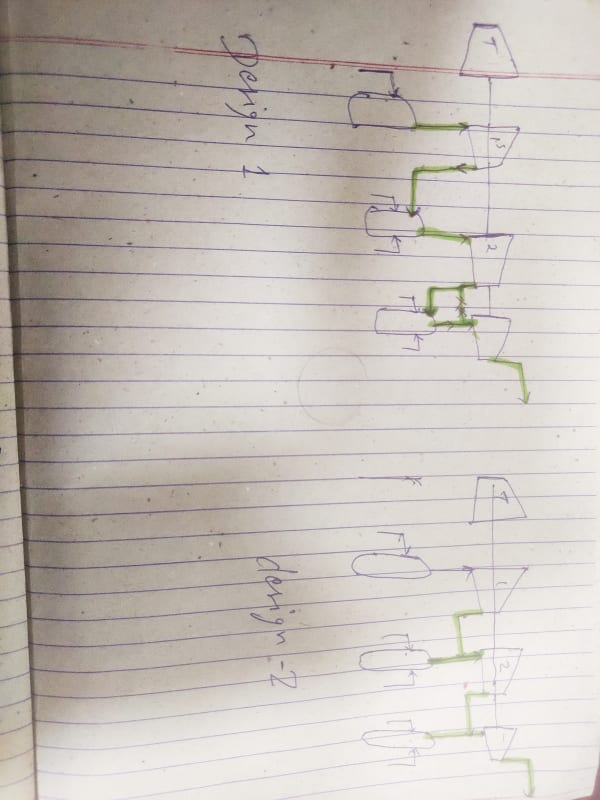AnhsirkT
Chemical
- Aug 24, 2020
- 85

Why these two design have difference?
What is the reason for that?
Do not think twice
Follow along with the video below to see how to install our site as a web app on your home screen.
Note: This feature may not be available in some browsers.
